Report this entry
More from the same community-collection
The Hospitals of Providence Memorial Campus
This hospital has been in the community since the early 1900s. ...
Victoria Sinclair - El Paso, Texas - 2016
Victoria Sinclair - Miss El Paso - 2014 - resident of El Paso, ...
Big Bun - Downtown El Paso, Texas - 2017
Big Bun - Downtown El Paso, Texas - 2017 - Yousuf and Hend ...
Big Bun - Downtown El Paso, Texas - 2017
Big Bun - Downtown El Paso, Texas - 2017 - Yousuf and Hend ...
Big Bun - Downtown El Paso, Texas - 2017
Big Bun - Downtown El Paso, Texas - 2017 - Yousuf and Hend ...
Big Bun - Downtown El Paso, Texas - 2017
Big Bun - Downtown El Paso, Texas - 2017 - Owners are Yousuf and ...
Big Bun - Downtown El Paso, Texas - 2017
Big Bun - Downtown El Paso, Texas - 2017 - Owners are Yousuf and ...
Big Bun - Downtown El Paso, Texas - 2017
Big Bun - Downtown El Paso, Texas - 2017 - Owners are Yousuf and ...
Big Bun - Downtown El Paso, Texas - 2017
Big Bun - Downtown El Paso, Texas - 2017 - Owners are Yousuf and ...
Big Bun - Downtown El Paso, Texas - 2017
Big Bun - Downtown El Paso, Texas - 2017 - Owners are Yousuf and ...
Big Bun - Downtown El Paso, Texas - 2017
Big Bun - Downtown El Paso, Texas - 2017 - Owners are Yousuf and ...
Big Bun - Downtown El Paso, Texas - 2017
Big Bun - Downtown El Paso, Texas - 2017 - Owners are Yousuf and ...
Big Bun - Downtown El Paso, Texas - 2017
Big Bun - Downtown El Paso, Texas - 2017 - Owners are Yousuf and ...
Big Bun - Downtown El Paso, Texas - 2017
Big Bun - Downtown El Paso, Texas - 2017 - Owners are Yousuf and ...
Big Bun - Downtown El Paso, Texas - 2017
Big Bun - Downtown El Paso, Texas - 2017 - Owners are Yousuf and ...
Big Bun - Downtown El Paso, Texas - 2017
Big Bun - Downtown El Paso, Texas - 2017 - Owners are Yousuf and ...
Big Bun - Downtown El Paso, Texas - 2017
Big Bun - Downtown El Paso, Texas - 2017 - Owners are Yousuf and ...
Big Bun - Downtown El Paso, Texas - 2017
Big Bun - Downtown El Paso, Texas - 2017 - Owners are Yousuf and ...
Big Bun - Downtown El Paso, Texas - 2017
Big Bun - Downtown El Paso, Texas - 2017 - Owners are Yousuf and ...
Big Bun - Downtown El Paso, Texas - 2017
Big Bun - Downtown El Paso, Texas - 2017 - Owners are Yousuf and ...





















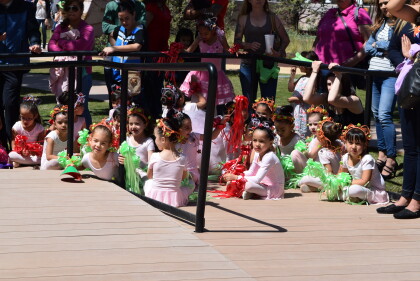
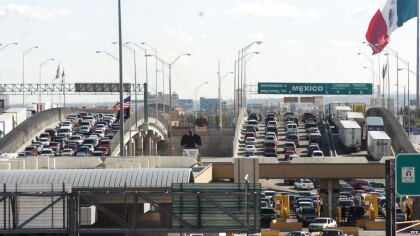
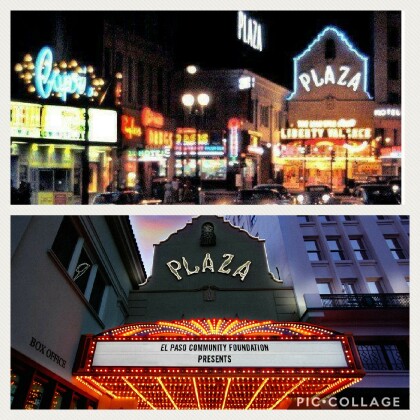


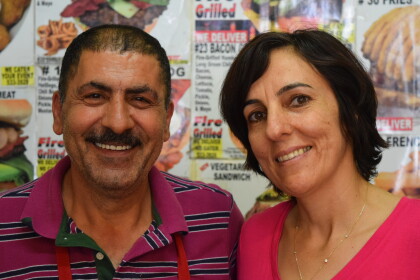
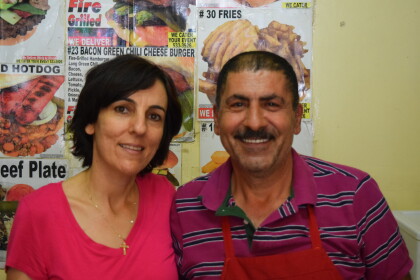
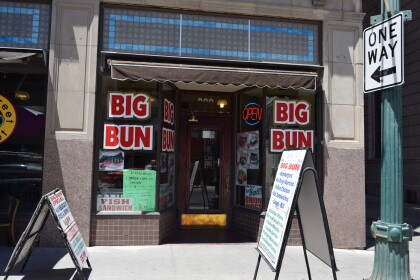
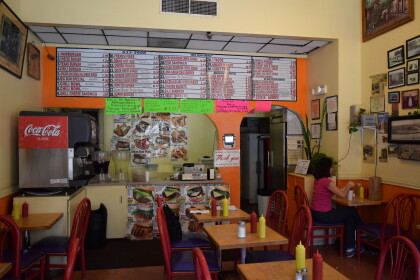
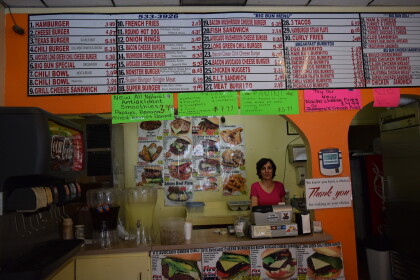
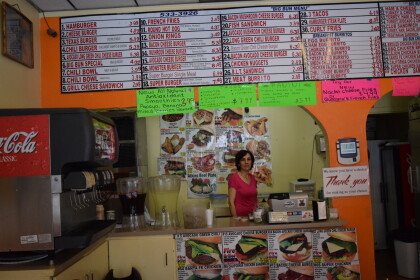
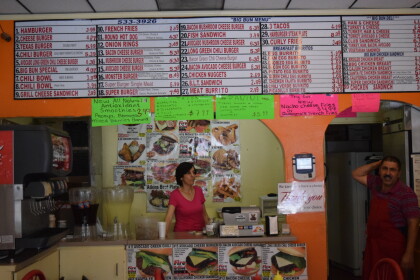
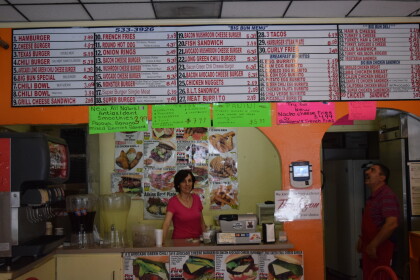
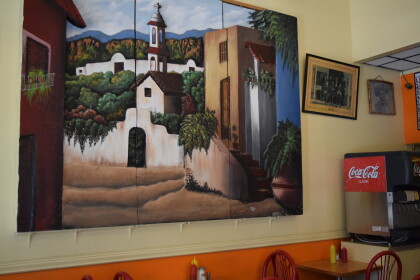
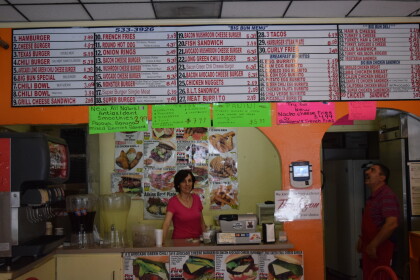
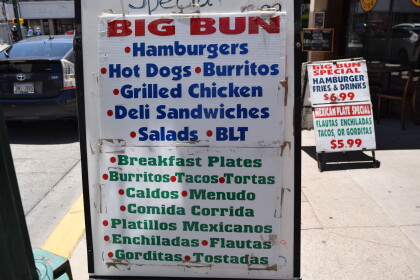
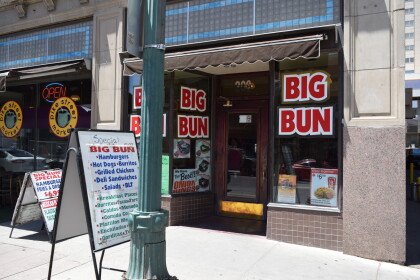
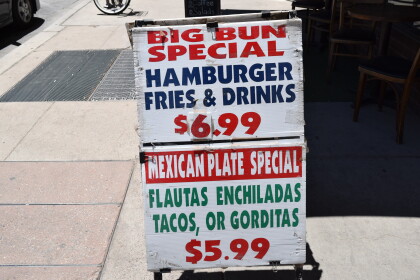
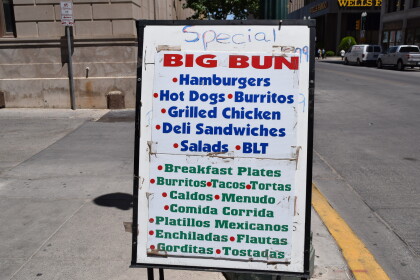
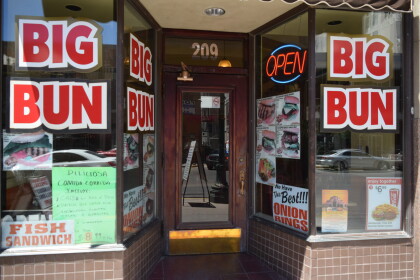
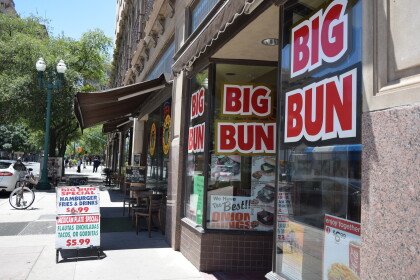
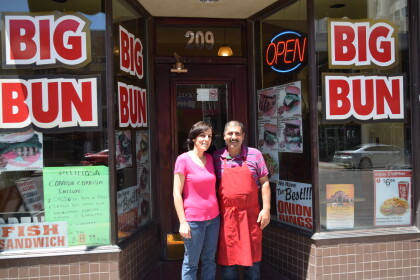
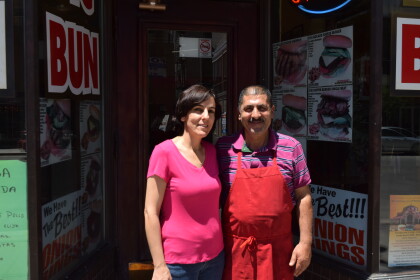
Comments
Add a comment